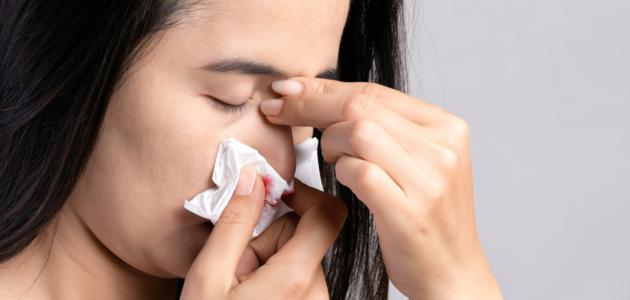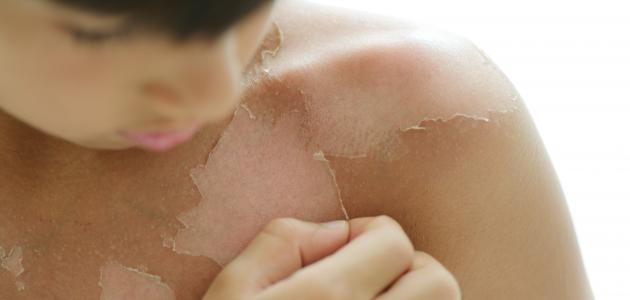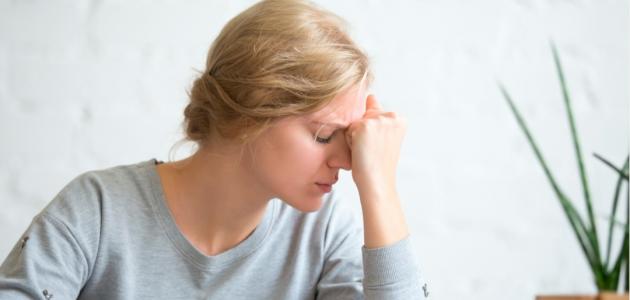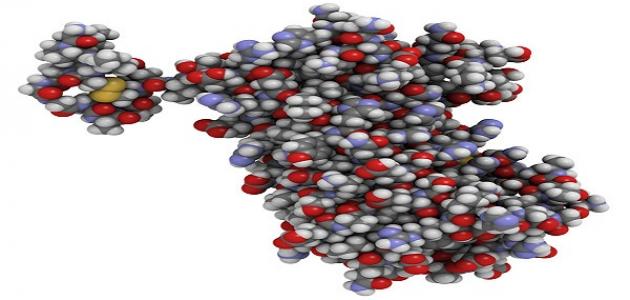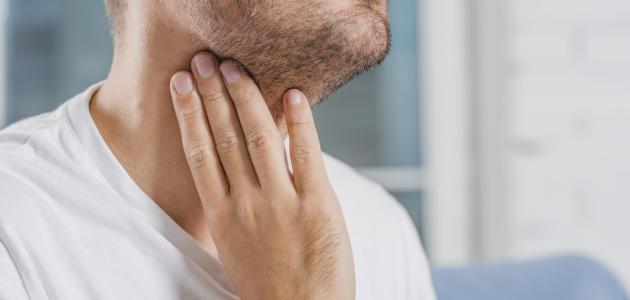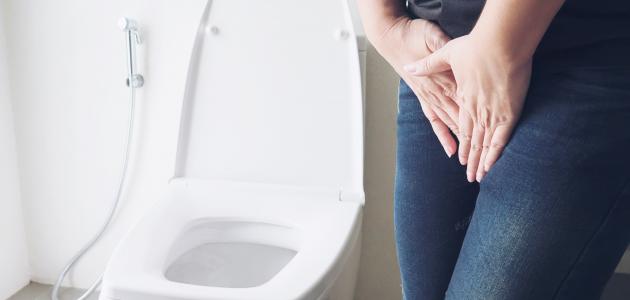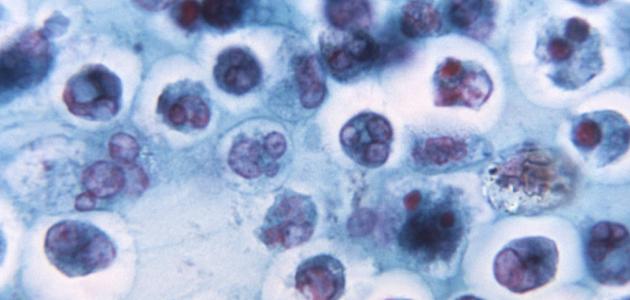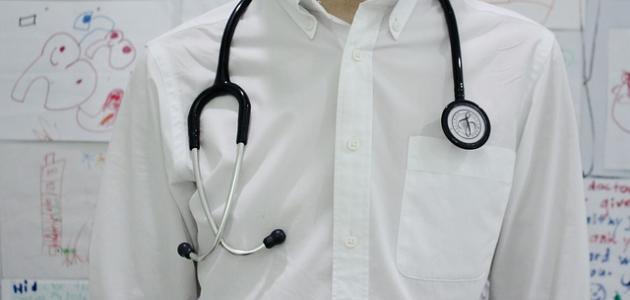bleeding
Bleeding can be defined as the loss of blood inside or outside the body, and in fact the bleeding occurs due to the exposure of one of the internal organs to injury, or as a result of exposure to an external wound, then the body forms a blood clot naturally to stop the bleeding, and some people may suffer from health problems that affect the process of blood clotting Which may lead to a disorder of the coagulation process, and it should be noted that some types of bleeding require medical intervention to help stop the bleeding, and bleeding may lead to some health complications, such as the appearance of bruises under the skin in the event of internal bleeding, or a stroke. In the event that bleeding occurs inside the brain in some cases, the bleeding can also be a symptom of a number of different diseases, such as bleeding associated with coughing, vaginal bleeding, and bleeding in the digestive system.
How to stop the bleeding
Bleeding caused by light injuries can be stopped at home in most cases, and it should be noted that the person should know safe ways to stop bleeding, and be careful to wash hands well before trying to stop the bleeding, and among the home methods that can be followed to help stop the bleeding are the following:
- pressure application: Applying pressure is the best way to stop the bleeding, and this can be done by applying pressure with both hands on the bleeding site using a bandage or a clean, dry piece of clothing for a period ranging between 5-10 minutes, and the bandage should not be removed to see the wound during this period to avoid the recurrence of bleeding again, as The injured area should be raised above the level of the heart to help reduce blood flow to the wound as much as possible.
- The snow: As ice helps to constrict blood vessels, which in turn facilitates the formation of a blood clot faster and stops bleeding, this can be done by placing a piece of ice inside a clean piece of cloth and placing it on the wound.
- petroleum jelly: Where Vaseline can be used to help stop bleeding from minor wounds, by applying it to the affected area.
- Antiperspirants: The aluminum chloride in antiperspirants may help blood vessels constrict, which contributes to blood clot formation and stops bleeding.
- mouthwash: The alcohol in the mouthwash acts as an astringent when used for external wounds, and this would accelerate thrombus formation, and aminocaproic acid is also useful in stopping bleeding caused by dental correction operations, and it is important not to move Rinse inside the mouth to avoid removing the blood clot from its place.
- tea: The use of tea to help stop bleeding is a common household method, especially for bleeding teeth, because tea contains tannin, which stimulates blood clotting due to its vasoconstrictive properties, and it should be noted that green tea is the best type of tea that can be used. To help stop the bleeding, it is also worth noting that decaffeinated tea cannot be used in this case because it does not contain tannin as well. As for the method of use, the tea bag is placed inside a piece of gauze, then placed on the bleeding site, while biting over the tooth. Or put it in the affected area inside the mouth for 30 minutes, and if you want to use tea for external wounds, put the tea bag inside a piece of gauze, then put it on the wound and press on it.
- hibiscus: As the yarrow plant can be used by grinding it after drying it and spraying it on the wound, and the leaves or flowers of the yarrow can also be used by placing it on the wound, while applying pressure to help stop the bleeding.
How to stop a nosebleed
Nosebleeds or nosebleeds are common health problems in children and adults, and most of the time nosebleeds do not indicate a serious health problem, especially in children, and it should be noted that if the nosebleed continues for more than 20 minutes, or if the bleeding is For a fall or an accident, it is worth seeing a doctor for what may indicate a broken nose, and here comes a statement of some first aid methods that can be followed to help stop nosebleeds:
Read also:What are the symptoms of high salt levels in the body?- Sit down the injured person and keep his head tilted slightly forward, and this would reduce blood pressure inside the blood veins in the nose, and prevent blood from going down towards the stomach to avoid nausea.
- Pressing the bleeding nostril towards the septum separating the nostrils, and in the event that the injured person is unable to do so, another person can apply pressure on the nose for 5-10 minutes.
- Do not blow through the nose several days later, in the event that the bleeding has stopped, to prevent the removal of the blood clot and the bleeding to start again.
Bleeding emergencies
In the event of severe bleeding, attention must be paid to the appearance of certain symptoms on the injured person, such as coldness, weak pulse, or loss of consciousness, which may indicate that the patient has reached a state of shock, and it is important to stress that even in emergency cases, pressure must be maintained on the wound until The arrival of assistance, in addition to asking the injured person to lie down, and to raise the feet to a level higher than the level of the heart if possible, and it should be noted that in the event of suspicion of internal bleeding, or in the event of an object embedded in the area around the wound, one must go to the emergency room directly Among other cases that require emergency intervention are the following:
Read also:Causes of tiredness and exhaustion- Deep, serrated, or puncture wounds.
- facial wounds.
- Wounds caused by an animal bite.
- The presence of dirt inside the wound, which did not come out after cleaning the wound.
- Continuous bleeding for 15-20 minutes after first aid.
